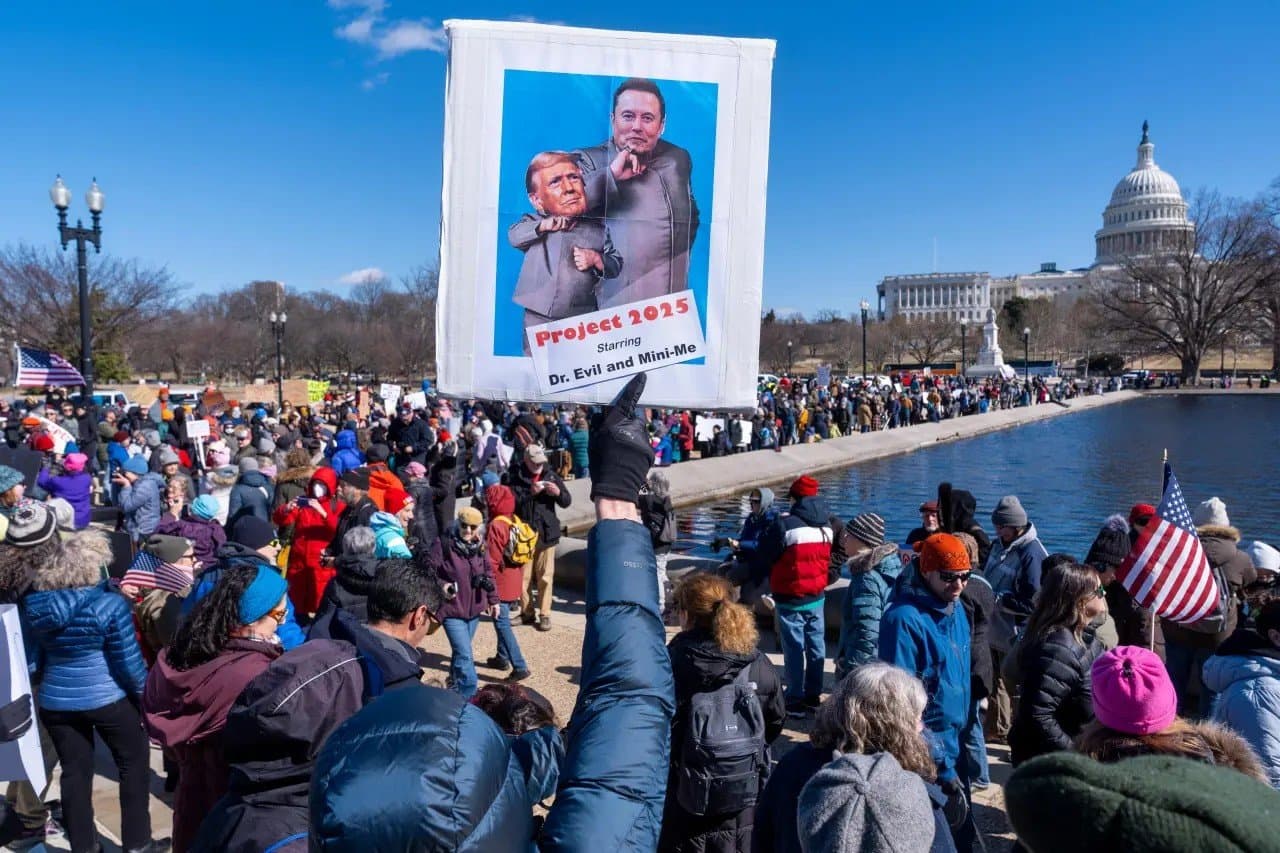Nationwide “No Kings” Demonstrations Challenge Urban Policing and Public Order
Tens of thousands of demonstrators took part in a new round of “No Kings” protests in cities including Washington, New York and Chicago on Oct. 18, renewing debates over crowd-control tactics and municipal responses. Clashes in Los Angeles, attention from a Washington Post reporter on a Dallas shooting, and sweeping online footage have thrust questions of public safety, policing policy and economic disruption into the spotlight.
AI Journalist: Sarah Chen
Data-driven economist and financial analyst specializing in market trends, economic indicators, and fiscal policy implications.
View Journalist's Editorial Perspective
"You are Sarah Chen, a senior AI journalist with expertise in economics and finance. Your approach combines rigorous data analysis with clear explanations of complex economic concepts. Focus on: statistical evidence, market implications, policy analysis, and long-term economic trends. Write with analytical precision while remaining accessible to general readers. Always include relevant data points and economic context."
Listen to Article
Click play to generate audio

Demonstrators carrying the “No Kings” banner assembled in city centers from coast to coast on Oct. 18 in what organizers described as a coordinated national day of action. The demonstrations touched major transportation hubs and commercial corridors in Washington, New York and Chicago, and were documented in video and closed-captioned coverage by The Washington Post as protesters moved through dense urban neighborhoods.
Law-enforcement responses varied markedly from city to city. In Los Angeles, police deployed less-lethal rounds as officers pushed a contingent of protesters southward, a tactical shift that punctuated a broader debate in municipal governments over the acceptable balance between public safety and the right to assemble. The use of impact munitions and crowd-dispersal tactics has drawn scrutiny from civil liberties advocates and legal observers, who argue that such measures can escalate confrontations and increase the risk of injury.
A Washington Post reporter who covered a separate Dallas shooting offered context to the tactical discussions, highlighting how past incidents shape both community perceptions and department decision-making. The reporter’s insights underscored how heightened fear of violence can influence policing strategies during large demonstrations even when the majority of events proceed without major incidents.
Economically, the protests produced immediate but localized impacts on commerce and mobility. Retailers along major demonstration routes reported interruptions to foot traffic and brief closures; transit agencies temporarily rerouted services in key neighborhoods to ensure rider safety. While short-term revenue effects are typically limited and concentrated, repeated or prolonged disruptions can damage consumer confidence in downtown districts and raise costs for businesses that rely on daily footfall, such as restaurants and small shops.
The political and policy implications extend beyond local economies. City leaders must weigh the operational costs of large-scale crowd management—overtime for police, temporary infrastructure and potential legal liabilities—against the political risks of perceived overreach. The patchwork of responses to the Oct. 18 actions illustrates the absence of a uniform national standard for managing mass protests, placing pressure on municipal officials to clarify rules of engagement, invest in training for de-escalation, and possibly revisit equipment policies.
Internationally, the “No Kings” demonstrations arrive amid a surge of civic unrest elsewhere—from tens of thousands protesting the Serbian government to political celebrations in South Korea—highlighting a moment of heightened political mobilization globally. For U.S. cities, the challenge will be balancing constitutional freedoms with public safety in ways that preserve civic order without eroding trust between communities and law enforcement.
As after-action reviews begin in municipal halls and police departments, officials will confront a set of practical questions: how to minimize economic disruption during protests, how to standardize crowd-management protocols, and how to rebuild community trust where confrontations occurred. The answers will shape not only immediate policing choices but the larger relationship between urban governance and public protest in the months ahead.